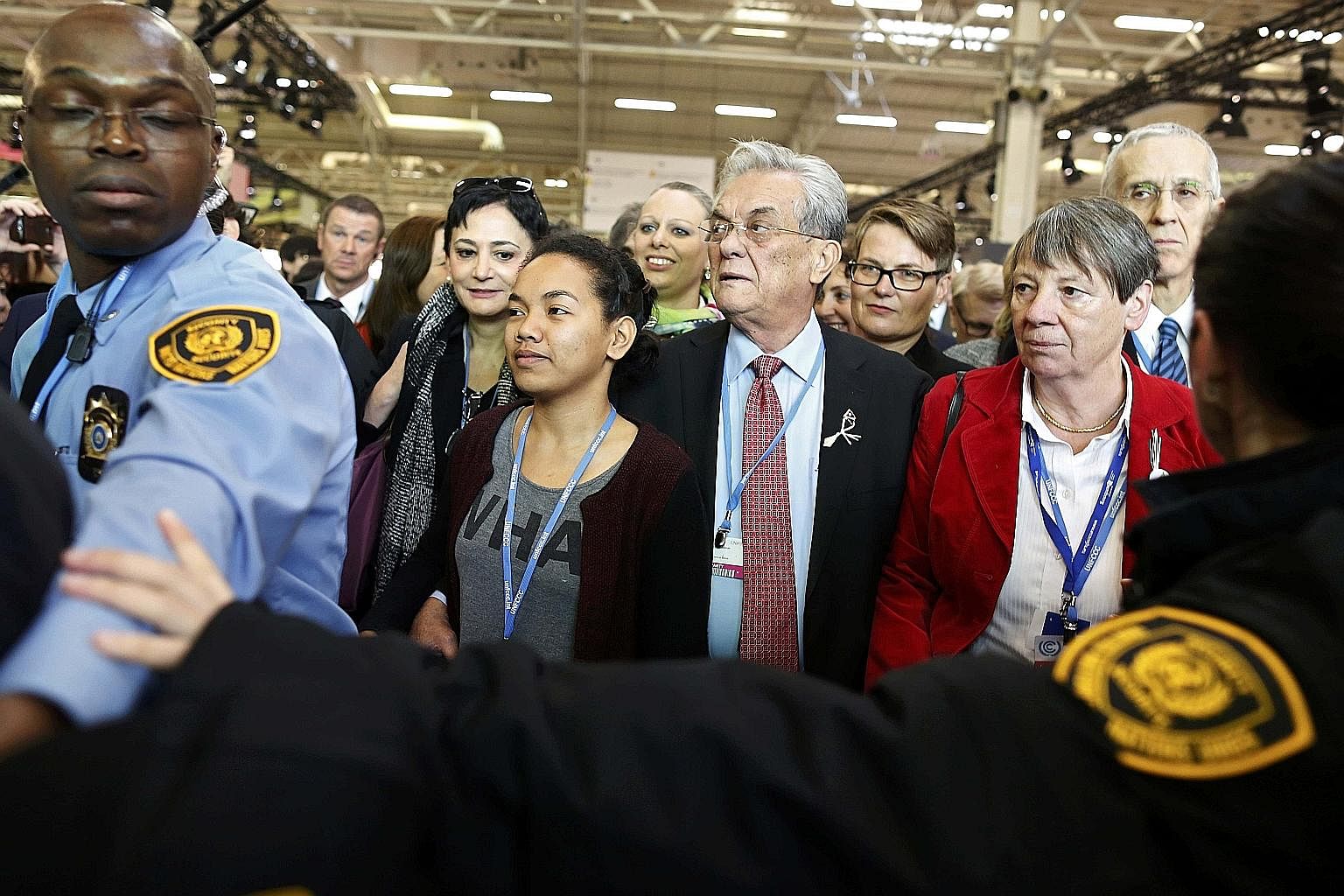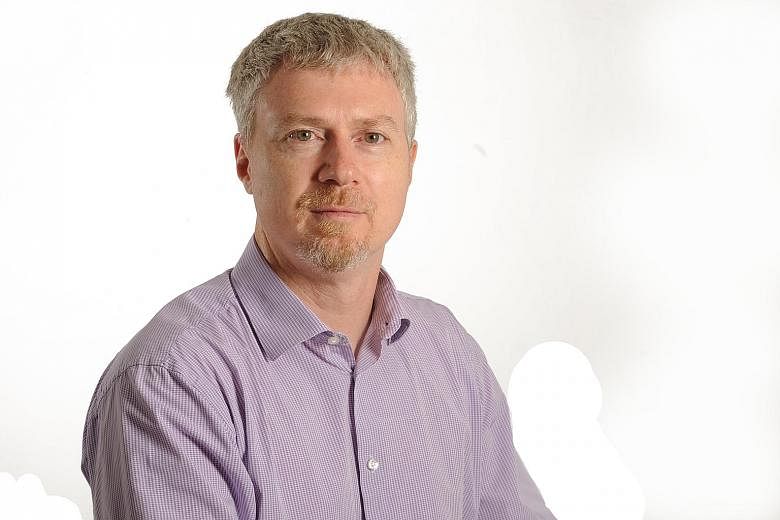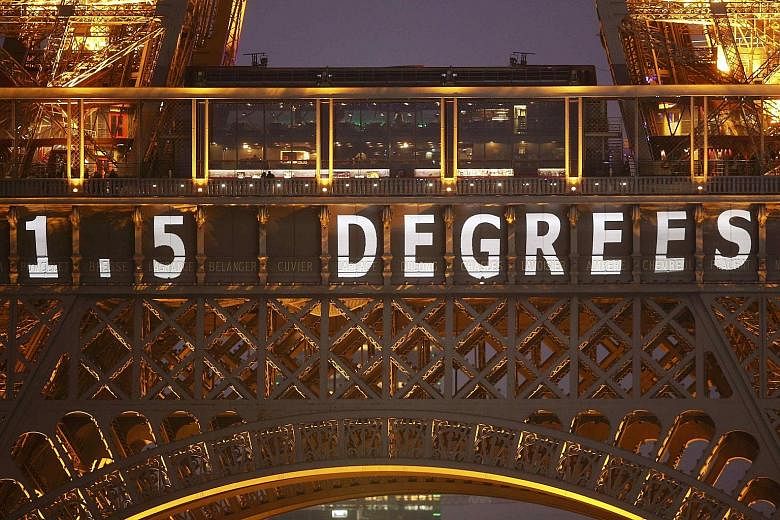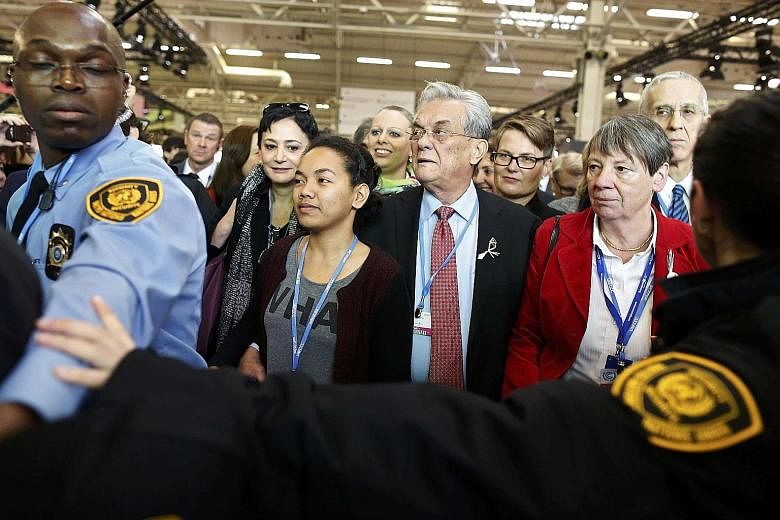The 31-page final draft text of a global climate accord strives to strike a careful balance between the demands of poorer nations that are acutely vulnerable to catastrophic climate change and rich nations that want all countries to do their fair share.
At the heart of the Paris agreement is a goal to get all nations on board in the urgent quest to cut greenhouse gas emissions from industry, deforestation and agriculture that are heating up the planet. And that goal has been achieved with a system that progressively increases all nations' climate action plans while also respecting that every country has different circumstances and abilities.
Crucially, for the first time, the pact sets a higher goal of limiting global warming by "holding the increase in the global average temperature to well below 2 deg C ... above pre-industrial levels and to pursue efforts to limit the temperature increase to 1.5 deg C".
A 1.5 deg C target was a key demand of small island nations, many of which are already suffering damage from higher seas and storm damage, with the world set to hit an average warming of 1 deg C this year.
Parties to the deal, totalling 195 nations, aim to reach global peaking of greenhouse gas emissions as soon as possible, with a recognition that it will take longer for developing countries. Once emissions peak, nations need to undertake rapid reductions thereafter.
 The climate deal target of "1.5 degrees" is projected on the Eiffel Tower. It refers to the aim of all participating nations to pursue efforts to limit global temperature increase to 1.5 deg C above pre-industrial levels. PHOTO: REUTERS
The climate deal target of "1.5 degrees" is projected on the Eiffel Tower. It refers to the aim of all participating nations to pursue efforts to limit global temperature increase to 1.5 deg C above pre-industrial levels. PHOTO: REUTERS

-
Some key highlights
-
• A more ambitious goal for limiting the rise in global temperatures to less than 2 deg C, while pursuing efforts to limit the rise to 1.5 deg C.
• A five-year cycle for reviewing national pledges to take action on greenhouse gas emissions, with the first "global stocktake" in 2023.
• Aim to reach global peaking of greenhouse gas emissions "as soon as possible", while recognising that it will take longer for developing countries.
• Rich nations to maintain a US$100 billion (S$141 billion) per year funding "floor" pledge for developing nations beyond 2020.
REUTERS
A compromise on financing, a major hurdle for the Paris talks and previous climate negotiations, sets a US$100 billion (S$141 billion) floor from 2020 to help poorer nations green their economies and adapt to climate change. The text says developed nations intend to continue their existing collective goal to mobilise financing through to 2025, with a new goal for climate finance to be set before 2025, taking into account the needs and priorities of developing countries.
"Developing countries have got a lot of what they wanted," said Ms Melissa Low, a research associate at the Energy Studies Institute at the National University of Singapore, who attended the Paris talks.
She said the issue of transparency around countries' action plans was a key part of the agreement and here she had some concerns. Transparency of action determines how open countries are during a regular review process. Most richer nations wanted a unified system to vet climate plans but poorer nations said they needed different rules.
Ahead of the Paris talks, nearly 190 nations submitted climate plans, called Intended Nationally Determined Contributions (INDCs), which form the foundation of the Paris deal. These plans set out emissions-cutting steps each nation is willing, or able, to do. But these need to be regularly reviewed and strengthened.
In the draft text, the first global stocktake of INDCs will occur in 2023. Nations should also communicate new and more ambitious INDCs every five years. The text says these should be submitted nine to 12 months in advance, which Ms Low said was a positive sign because it would give time for the UN to scrutinise new INDCs. But she was concerned about a decision in the text that allows looser requirements on what should be communicated in the INDCs.
The text also sets out the role of forests as a key way for developing nations to fight climate change. The agreement finally launches a UN scheme called reducing emissions from deforestation and forest degradation (REDD+) that has been under negotiation since 2007.
REDD+ is a way to incentivise poorer nations to preserve their rainforests, which soak up huge amounts of carbon dioxide.
In a compromise for least- developed nations in Africa, Asia as well as low-lying tropical island nations, the agreement sets aside a separate article on loss and damage. This has been an emotive issue for the poorest and most vulnerable nations, which want rich nations to compensate them as they have grown wealthy on the very emissions now heating up the globe.



